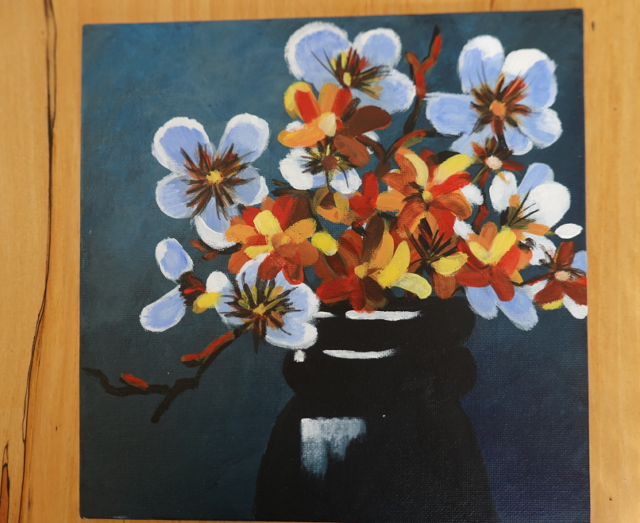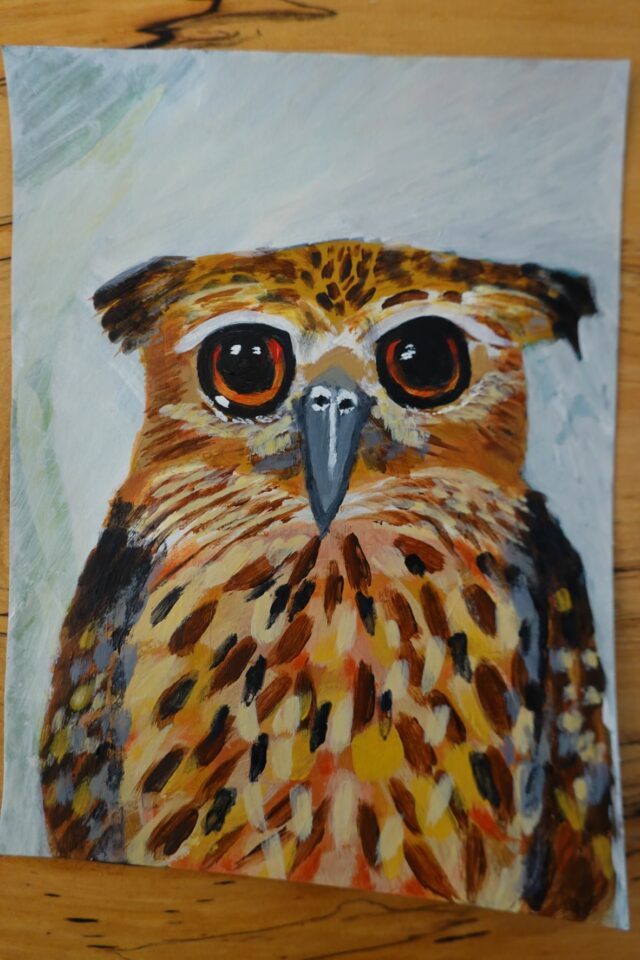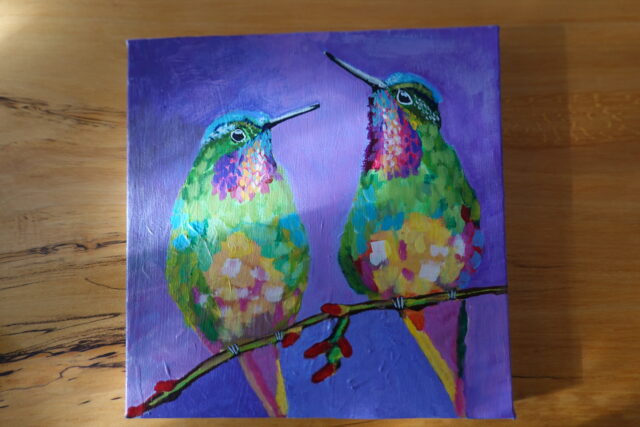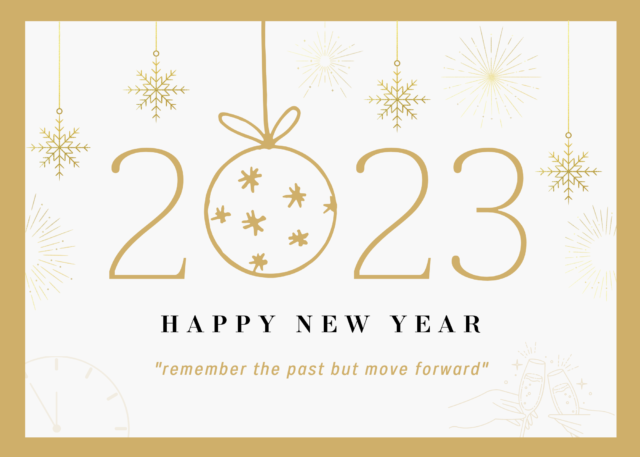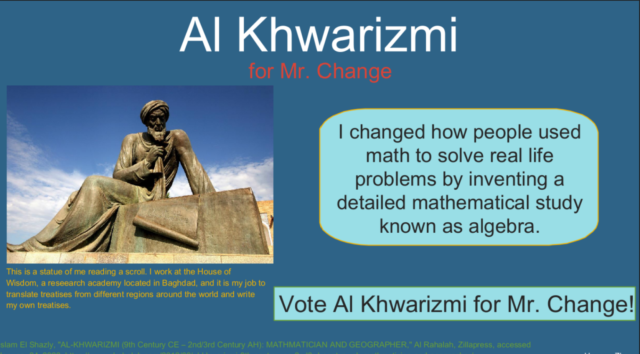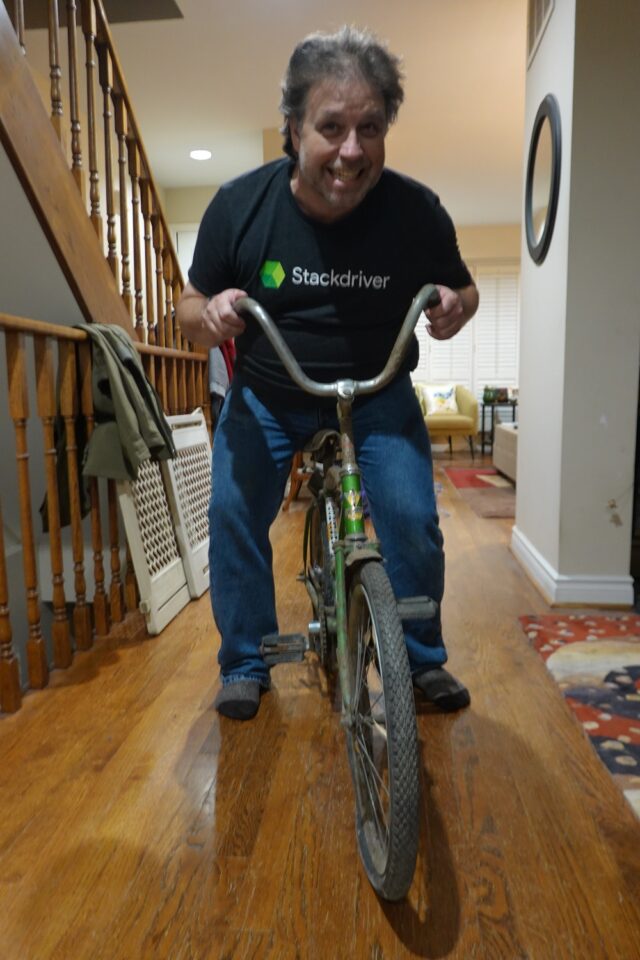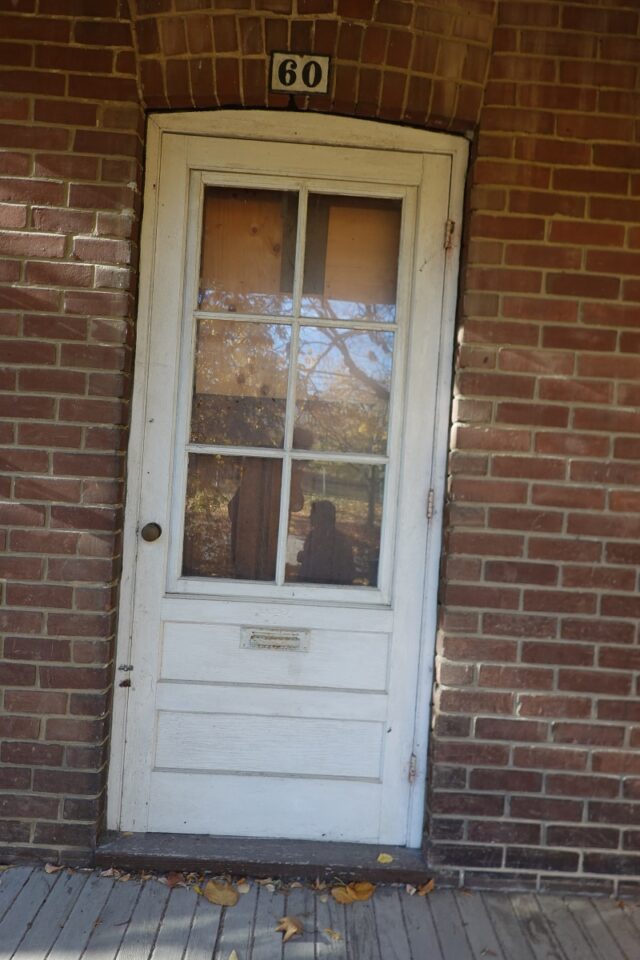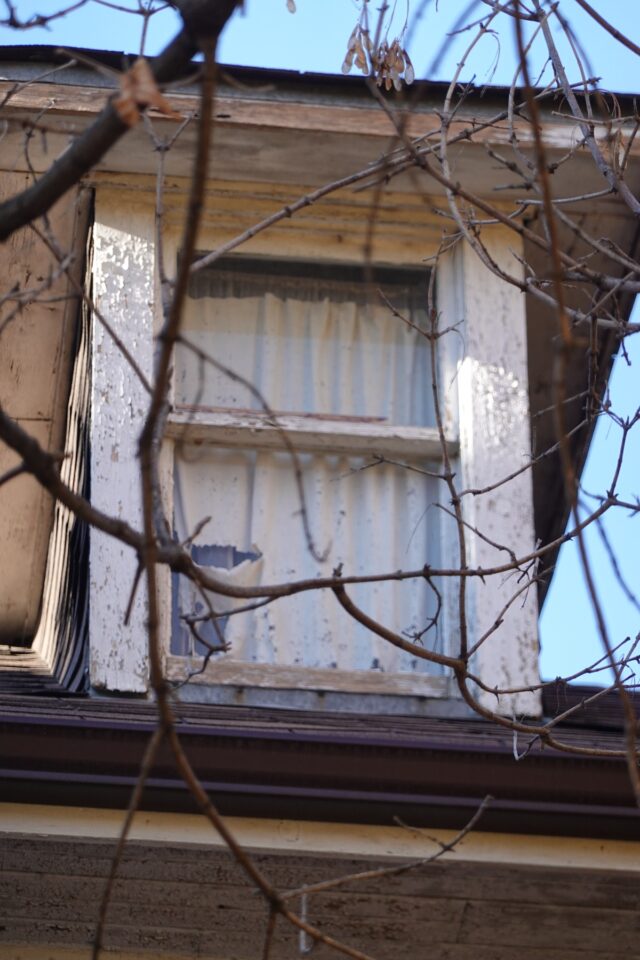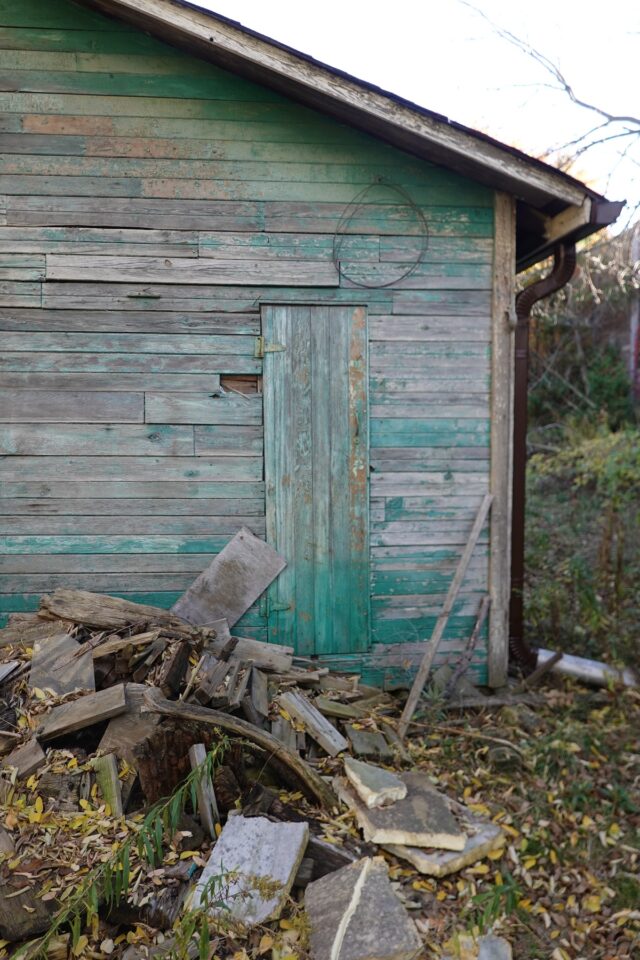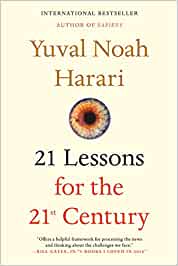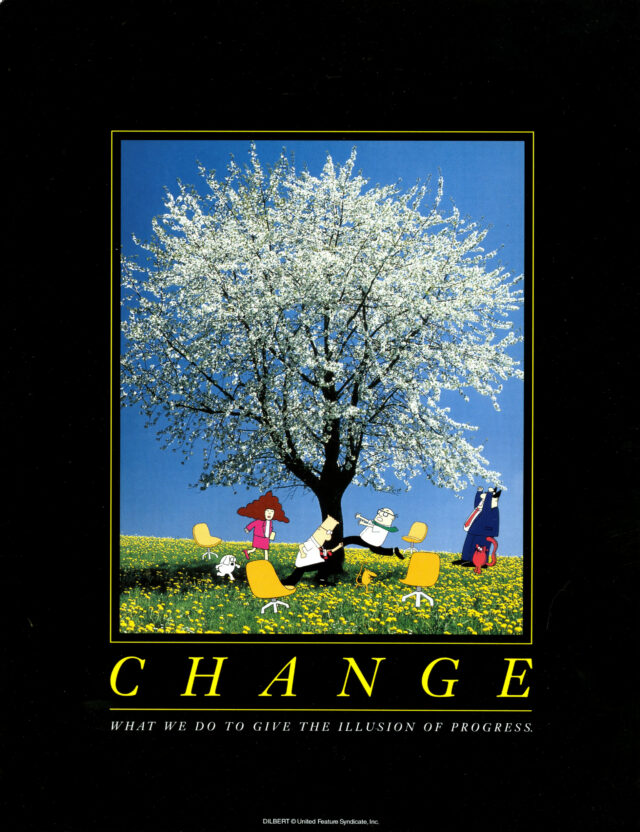Hamilton
We had an amazing time this week at Hamilton! The play, that is, not the city.
Having studied American history at University of Toronto, I was surprised when Lin-Manuel Miranda turned the story of Alexander Hamilton into an incredibly successful Broadway play. I had watched some scenes on PBS when it initially came out, but I had never seen the whole play. I knew it had hip hop connections. I know almost nothing about hip hop. I knew about Hamilton, generally.
So I went in pretty blind, except for the history part. Back at U of T I took a number of courses about the time period, particularly my favourite ever course from my undergrad years: The History of the American Revolution with professor David Wilson. That course included pretty much the same cast as the musical: George Washington, Thomas Jefferson, James Madison, Alexander Hamilton. Who knew though that Aaron Burr would play such a big role!
/https://www.thestar.com/content/dam/thestar/entertainment/stage/review/2023/02/24/hamilton-is-back-in-toronto-and-it-really-is-that-good/hamilton_and_peggy_national_tour_company.jpg)
Needless to say, we loved it! The music is incredible. The choreography is interestingly engaging. The audience (quite a mix of ages – unusual for a play audience in Toronto) was very into it, especially for King George’s campy scenes (“you’ll be back”) and Thomas Jefferson’s rap battle.
I could sit here and describe the play but that has been done a million times over. I’d rather comment on its approach to history.
The first thing I did after coming home from Hamilton was look up criticism of it. I wanted to know what people think, good or bad. Historically, I thought it was relatively accurate, though not entirely, about Hamilton’s life and work. Whether it’s accurate about Hamilton’s wife, Elizabeth (Eliza) Schuyler, is a pending question. As the second act roles toward its end she becomes the big focus. I have not had a chance to check out the accuracy yet of her portrayal. I’m not into heroism in history. I don’t like this angle on Hamilton.
In a way Hamilton is a story about historiography. The last song is all about ‘who tells your story’, referring to Eliza supposedly continuing Hamilton’s legacy. This focus on historiography is interesting given the play’s context: the American Revolution. The script is all about liberty and yet there is almost total non-inclusion of enslaved Americans as part of the story save for a few tiny references.
Much has been made of Lin-Manuel Miranda’s use of a representational cast . Today, years after its debut, I find it quite ironic to see the almost all Black cast (in the case of the Toronto production) make little mention of the millions of enslaved Americans. I would assume irony was not the original intent. However, circumstances change and audiences make their own interpretations. From that standpoint, I think it’s creative but still has a big hole in it.
It would have been a lot easier to include more reality in the play. Or maybe that was the point: the slavers didn’t give a damn at the time. The scene towards the end where Washington supposedly bows his head in recognition that he didn’t end slavery when American independence took hold is historical revisionism if you ask me.
I will reserve judgement on the overall historical accuracy of Miranda’s script until I read the book upon which he based the play, Ron Chernow’s biography, “Alexander Hamilton.” Then I will judge the book. And only then will I be able to finally judge the play’s use or abuse of history.
Other than that though, it was such a great night out.
History teacher out.
